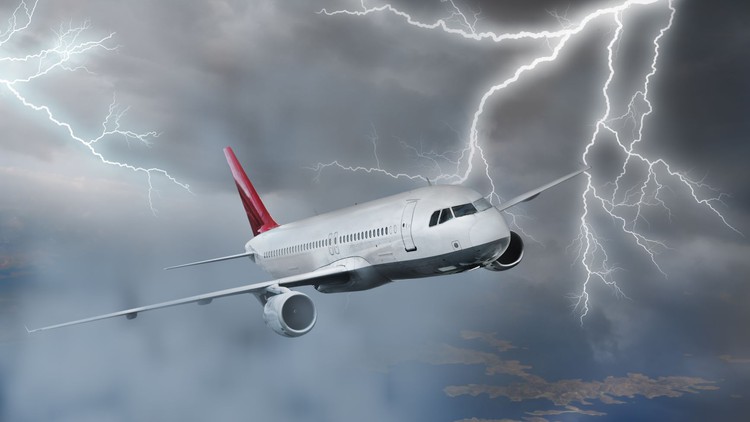Aviation Meteorology: Enroute Weather

Why take this course?
🚀 Course Title: Aviation Meteorology: Enroute Weather 🛫
Master Weather charts and Advisories: SIGWX, Wind/Temperature, Synoptic, Satellite, SIGMET, AIRMET, PIREP, etc.
Are you an aviation professional looking to enhance your understanding of weather patterns and their impact on airline operations? Or are you passionate about the science of meteorology with a specific interest in its application within the aviation industry? Look no further!
Course Description:
🌟 Aviation Meteorology: Enroute Weather is a comprehensive course tailored specifically for individuals involved in airline operations and dispatch. With over 10 years of hands-on experience, your instructor Anzijs Vilcevskis will guide you through the intricacies of interpreting enroute weather charts and advisories.
Course Structure:
Introduction:
- Overview of Aviation Meteorology
- The role of meteorological data in aviation
Enroute Weather Charts:
- Understanding the International Standard Atmosphere (ISA)
- Mastering Significant Weather Charts (SIGWX)
- Analyzing Wind and Temperature Charts
- Deciphering Synoptic Charts
Enroute Weather Advisories:
- Learning the meaning of SIGMET, AIRMET, and PIREP reports
- Identifying frontal weather systems and cloud types
- Recognizing dangerous and severe weather patterns
Practical Use of Enroute Weather:
- Assessing the impact of weather on aircraft performance and operations
- Applying weather data in operational decision-making
- Case studies: Real-world scenarios and examples
What You Will Learn:
- International Standard Atmosphere (ISA) - The global standard for atmospheric pressure, temperature, humidity, and density.
- Significant Weather Charts (SIGWX) - How to interpret weather phenomena that could affect flight safety.
- Wind and Temperature Charts - Analyzing the effects of wind and temperature on flight routes and aircraft performance.
- Synoptic Charts - Understanding large-scale weather patterns and their implications for enroute flight planning.
- Weather Advisories (SIGMET, AIRMET, PIREP) - How to use these advisories to anticipate and avoid adverse weather conditions.
- Frontal Weather Systems - Identifying fronts and their associated weather systems.
- Cloud Types - Recognizing various cloud formations and their significance in aviation meteorology.
- Dangerous and Severe Weather - Understanding the potential hazards and how to react to them.
- Satellite Images - Learning to interpret satellite data for weather forecasting.
- Weather Impact on Aircraft Operations - How different weather conditions can affect flight operations and aircraft performance.
Course Features:
- Graphical Information: Rich visual content to aid understanding of weather concepts.
- Practical Examples: Real-life scenarios that bring theoretical knowledge to life.
- Additional Reading Materials: Supplementary resources for a deeper dive into aviation meteorology.
- Weather Chart Samples: Practical examples to enhance your interpretation skills.
- Quizzes: Test your understanding at the end of each section.
Why Take This Course?
- Practical Application: Learn with a focus on how you will use this knowledge in real-world aviation scenarios.
- Theoretical Depth: Understand not just the 'how,' but also the 'why' behind meteorological practices in aviation.
- Expert Guidance: Leverage Anzijs Vilcevskis' extensive experience in the field of airline operations and dispatch.
Whether you are a pilot, an air traffic controller, or work in airline operations, this course will equip you with the meteorological knowledge to make informed decisions that ensure safety and efficiency in the skies. ✈️
Dive into the world of Aviation Meteorology with Aviation Meteorology: Enroute Weather. Enroll now and transform your understanding of weather patterns as they relate to aviation! 🌤️🚀
If you have any questions, don't hesitate to reach out during the course. Your success is my priority, and I am here to support your learning journey every step of the way! 📚✈️✨
Loading charts...